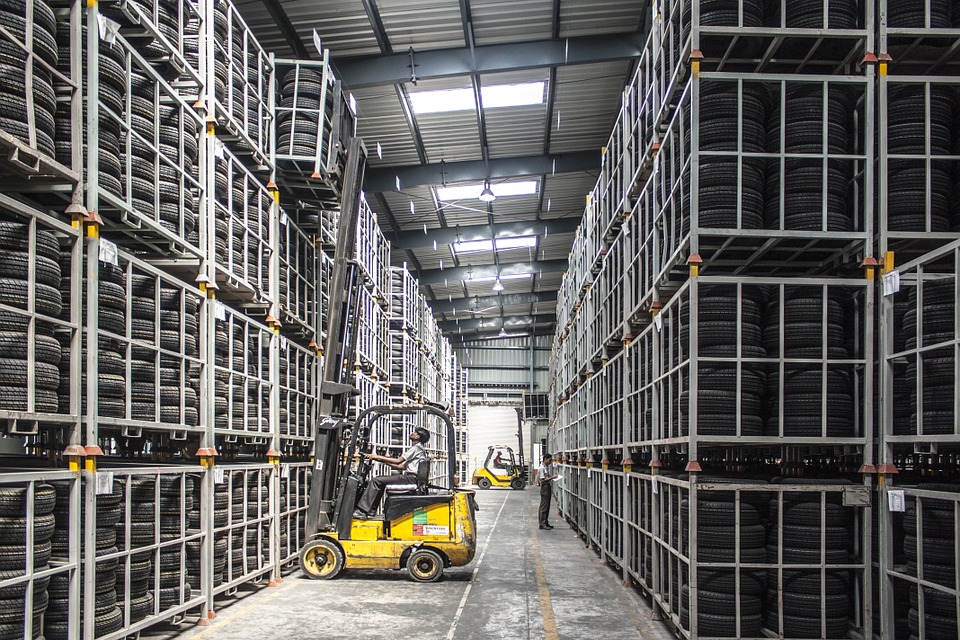Understanding Warehouse Management When Job Searching
What is a Warehouse Management System (WMS)?
Items are organized neat and put into categories for ease of shipment or production. These items are put where they need to be, not by someone who is so adept at organizing things, but an advanced inventory system. Inventory systems control what is in the warehouse and where it goes. Inventory systems help employees so that items get shipped and delivered as quickly as possible. Working with these systems involves having basic computer skills or training with the software. Knowing the different types of systems will give you a better understanding of what to expect when working in a warehouse.
A WMS gives management a way to control:
- Location
- Quantity
- Cost
- Inbound Dates
- Outbound Dates
- Customer Information
- Supplier Information
- Expiration Dates
- etc.
Control is a major factor when creating a policy of loss prevention in the warehouse and allocate resources. Some older systems are stand-alone and do not integrate with any other system in the warehouse, such as an ERP (Enterprise Resource Planning) system. These systems usually involve invoicing and billing. This means that the billing and invoicing is done by another system or individual. WMS’s use a database of cataloged information to organize the warehouse. This database can be manipulated by a member of management to help workers find and move items in storage to be packed and shipped to the customer. Knowing how to use these systems will greatly improve your knowledge when understanding warehouse management.
Storage Space
Management needs to know the warehouse like the back of their hand. Preserving space saves the company time and money. Knowing what you have in storage prevents the over purchasing of items and allows a full view of what may be missing. Tetris is the game here. Having enough space is everything. Managing your pickers effectively to allocate their time when looking for products will be improved greatly by keen organization.
Controlling Quality
As a manager, you need to verify that products are not damaged, are in the right quantity, and are correct before shipment. Pickers could drop or bump into things causing damage to the products. Inspection of materials before they are shipped is something you need to be aware of doing regularly. Doing this is important because stacking the wrong products is not only creating a mess it wastes time.
Safety First!
Speaking to the workers about safety should be your constant number one priority. A warehouse has a lot of heavy products on pallets. Pallets can fall and crush workers. We would like to think management cares enough about their workers to not have them crushed by falling pallets. Speaking to your staff regularly about following strict safety guidelines is not only important, it can prevent injury or even death.
Customer Service
The most important topic for understanding warehouse management is customer service. When working in management, you will have direct contact with the customers. Being polite and using your ninja like people skills will get you well-liked by the client that you speak to. They will become best of pals and will want to work with you time and time again. Managing time, asking the right questions, and correctly giving the customer, a time frame of delivery will become second nature to you.
What do you think is important to understand when working in Warehouse management? Let us know in the comments section below!

